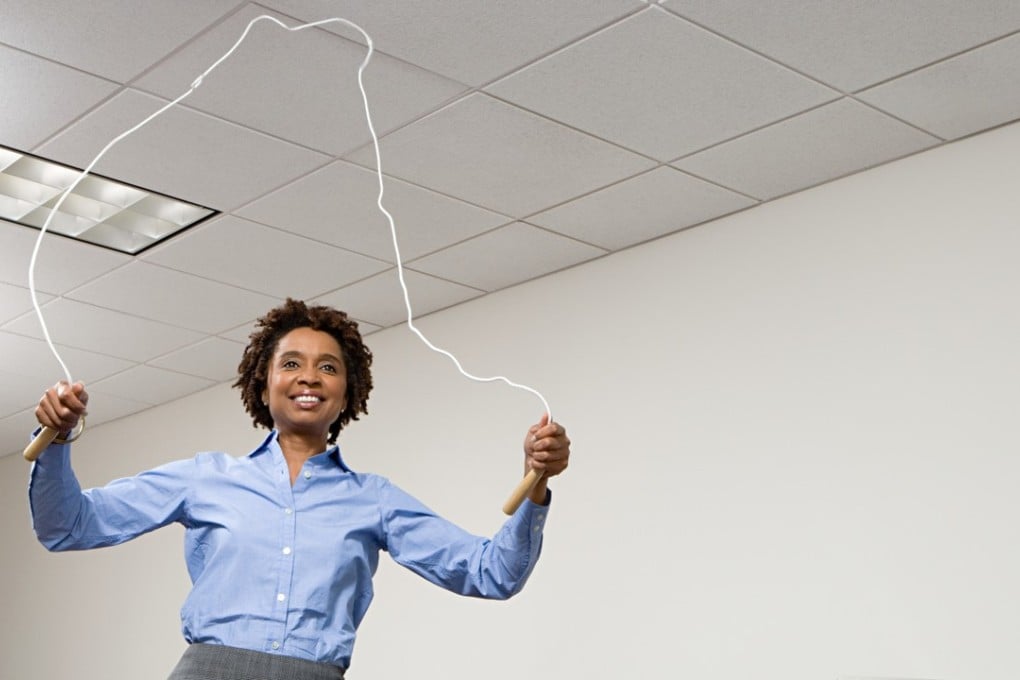How to tap into the power of posture and movement
Increase your self-confidence and energy levels with the way you sit, stand and move

If you have to sit through boring lectures or company meetings, and you want to stay energised in front of your teacher or boss, Erik Peper has a solution for you: skip in place for 30 seconds.
A few years ago, the professor of health education used this strategy on his students every 20 minutes through his three-hour lectures at San Francisco State University.
“It sounds crazy,” says Peper. “But when you do that, and you ask the person, ‘what happened?’ They generally report, ‘Ah, I have more energy’.”
Peper wanted to find out why. In 2012, he studied it with 110 students and co-authored a journal article in Biofeedback concluding that postures like skipping gives students more energy, and a slouched position gives them less.
Other studies also show how posture and movements can affect our minds. Elizabeth Broadbent, an associate professor of health psychology at the University of Auckland, went out for a walk one day feeling sad, but then she noticed that as soon as she lifted her head and started looking straight ahead, she felt much better. Her article in the journal Health Psychology concluded that upright posture is linked to higher self-esteem and less fear, whereas a slumped posture is linked to people feeling worse about themselves.
Broadbent has done a follow-up study looking at how posture impacts people with mild depression and whether or not it could be part of therapy.